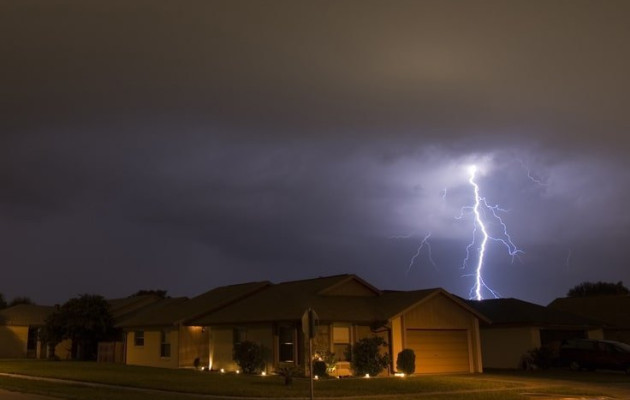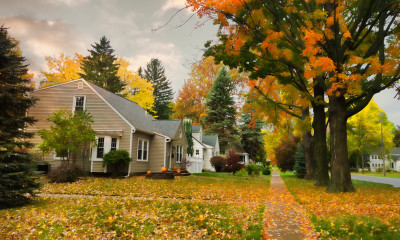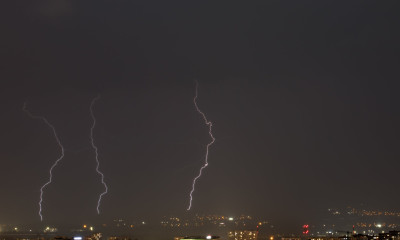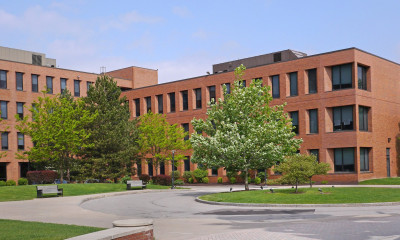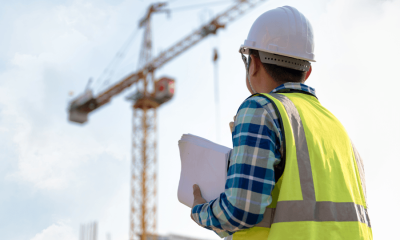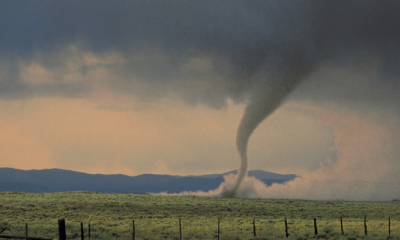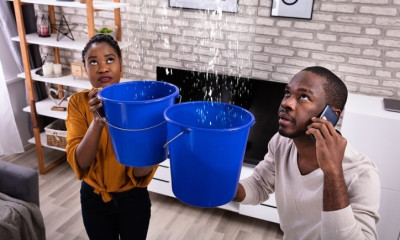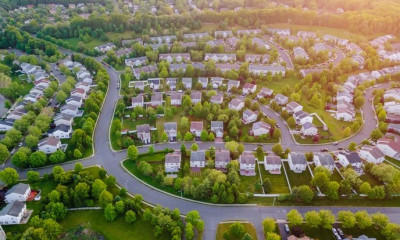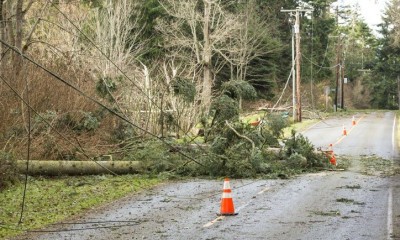How to Prepare for Summer Storm Season
It is what we have all been waiting for: summer is on the horizon! After a long, cold winter, nothing sounds better. Unfortunately, the summer season is not all sunshine and barbecues. While prepping your home and yard for the warmer weather, you should also plan for the less enticing part of summer: intense windstorms, tornadoes, and lightning strikes. With a plan in place, you can focus on what is most important – safely enjoying time outside with friends and family.
When safeguarding your property, it is not always clear what type of coverage you should have or what it might cover. For example, if you are in a hurricane prone area, like the Gulf and South East Coasts, wind damage may not be fully covered due to the very high risk for loss. Aside from batting down the hatches, learn how to make sure you are covered from summer storm damage.
Windstorm and Tornado Damage
It can happen quickly. The day begins serene and warm, sun shining. Within minutes, the weather can turn. This is especially true in the summer where warm, humid air flows freely and creates instability in the atmosphere. If such an airmass should meet colder air, it may create the perfect conditions for a tornado or thunderstorm. Preparing for severe wind ahead of time will provide peace of mind.
While there is no completely safe place to reside during a tornado, having a family plan for where to meet and how to shelter in place can be lifesaving. Pay close attention to weather reports as tornadoes can materialize anywhere at any time.
If there is a chance of a tornado or severe windstorm, there are a few steps to take to ensure your property sustains the least amount of damage. Outside, it is advisable to secure items like furniture, grilling equipment, pool accessories and anything else of value. Bring objects inside if possible as they could become dangerous projectiles.
The aftermath of a tornado will vary depending on the category of the storm and where it occurred. Even if the storm is considered a weak or low-grade incidence, it may have caused significant property damage. From cosmetic repair like siding or shingles to serious destruction of your home, downed electrical lines or water damage, it is important to know how to handle any scenario. Most homeowners will turn immediately to their insurance agency to file a tornado claim and then meet with the insurance company’s adjuster, without first exploring their policy to find out what is covered. Avoid surprises and proceed with a more strategic approach by calling a public adjuster of your own to assist with handling your claim.
Lightning Strikes with Power Surges
Yes, lightning storms are a remarkable display of Mother Nature’s greatness, but they are also among the most dangerous summer weather events. Of course, the likeliness of being struck by lightning is rare, especially if you are sheltering in a safe place like your home or a car. It is more common, however, for lightning to strike tree limbs or parts of buildings, causing power surges or even fires.
When it comes to a large power surge within your home or business, at first the damage may seem insignificant or even nonexistent. It is not until normal life resumes when the full extent of the loss is realized because power surges can devastate appliances, electronics, computers, internet, phone systems and the very electrical infrastructure of your property. This can be extremely expensive for the claimant and can potentially cause interruption to a business or living situation.
Lightning strikes and power surges are usually covered by different aspects of an insurance claim, and many homeowners’ policies have clauses specific to each situation. As for lightning strikes, they have their own classifications in the claim world. There is a direct strike, a near miss and a ground surge. The ground surge is the most common lightning classification claim, but also the hardest to offer proof for.
These are just a few reasons why it is an excellent idea to work closely with a public adjuster, an expert in property damage claims related to lightning strikes and power surges.
Cleaning up After a Summer Storm
When cleaning up after a storm of any severity, the most important thing is to assess the safety of your family, employees, pets and yourself. Once the coast is clear and everyone is accounted for, check to make sure there are no dangerous hazards like downed power lines, structural instability, sparking at electrical outlets or fire. Never attempt to test these hazards yourself. Call emergency services if necessary and get to a safe space.
Have You Experienced Summer Storm Damage? Contact Our Public Adjusters Today.
If you experience property damage due to a covered peril, a public adjuster can advocate on your behalf. Insurance companies will have their own claim adjuster working on their side to ensure they keep your settlement amount at a level that is in their best interests. Policyholders have the right to hire their own public adjuster to prepare, estimate, negotiate, and settle their property damage insurance claim.
The team at Adjusters International/Basloe, Levin & Cuccaro can ease the stress and complications of the claim as we have experts who work daily to ensure claims are settled for the full and fair amount. For more information, contact our licensed public adjusters today and approach the situation with the support and expertise you need. Remember, after the storm comes the rainbow.

